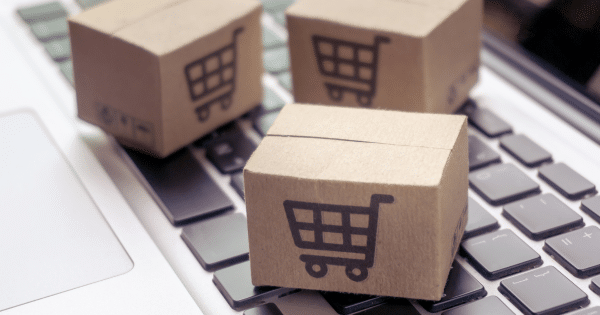The Latest
21 February 2023: Ericsson’s 5G technology aims at boosting the capacity and coverage of indoor mobile networks. The company claims that it can improve the reliability of smart devices’ connection and interaction with online services inside small- to medium-sized buildings through the Ericsson Indoor Fusion Unit, by combining radio and baseband functionalities into a single unit. It also released its software, Ericsson 5G Precise Positioning, which is specifically designed to support location services in healthcare facilities, factories, warehouses and industrial sites where asset tracking and positioning are crucial.
Why it’s Important
Ericsson claimed in 2022 that 5G technology has already gradually moved mainstream from early adopters, based on its research that found a 15% penetration rate among 49,000 consumers in 37 countries. This is expected to rise in 2023 to at least 510 million users across 37 markets globally. Enterprise users, especially those working in public-facing services and with hybrid working arrangements, need to consider the value of taking advantage of the benefits of 5G. Can ROI be realised through faster data speeds, reduced latency for company video conferencing, IoT, and robotics, reduced cases of interruptions, enhanced security, and increased capacity to connect more enterprise devices.
Who’s Impacted
- CEO
- Procurement teams
- IT teams
What’s Next?
- Engage a consultant if you need further advice on 5G specific to your business.
- Assess your digital transformation strategy to determine where a modern telecommunications offering may improve performance, reduce costs, and increase the security of your business model.
Related IBRS Advisory


